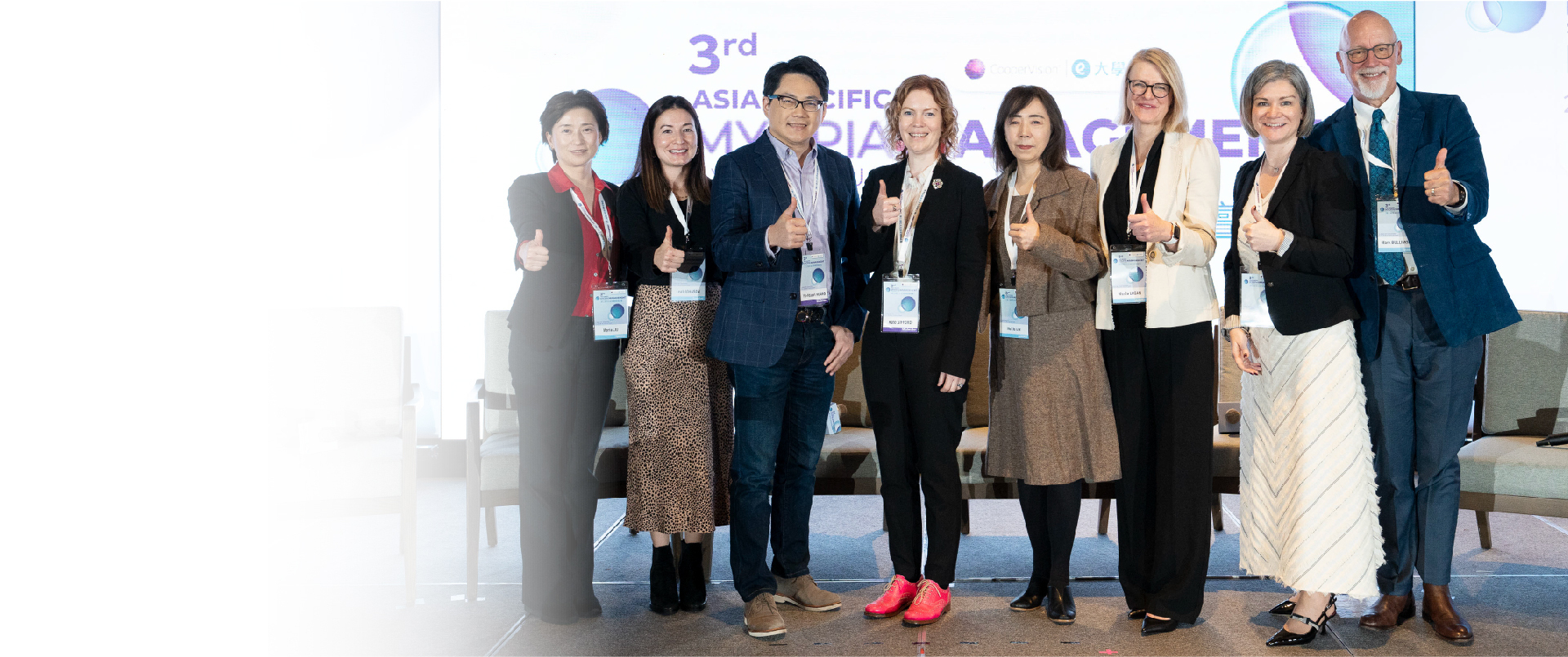
First Session: Reframing Myopia as a Disease Demanding Urgent Treatment
The first session of APMMS, titled Reframing Myopia as a Disease Demanding Urgent Treatment, discussed alarming myopia epidemic findings around the region. Here are some key highlights from the speakers:
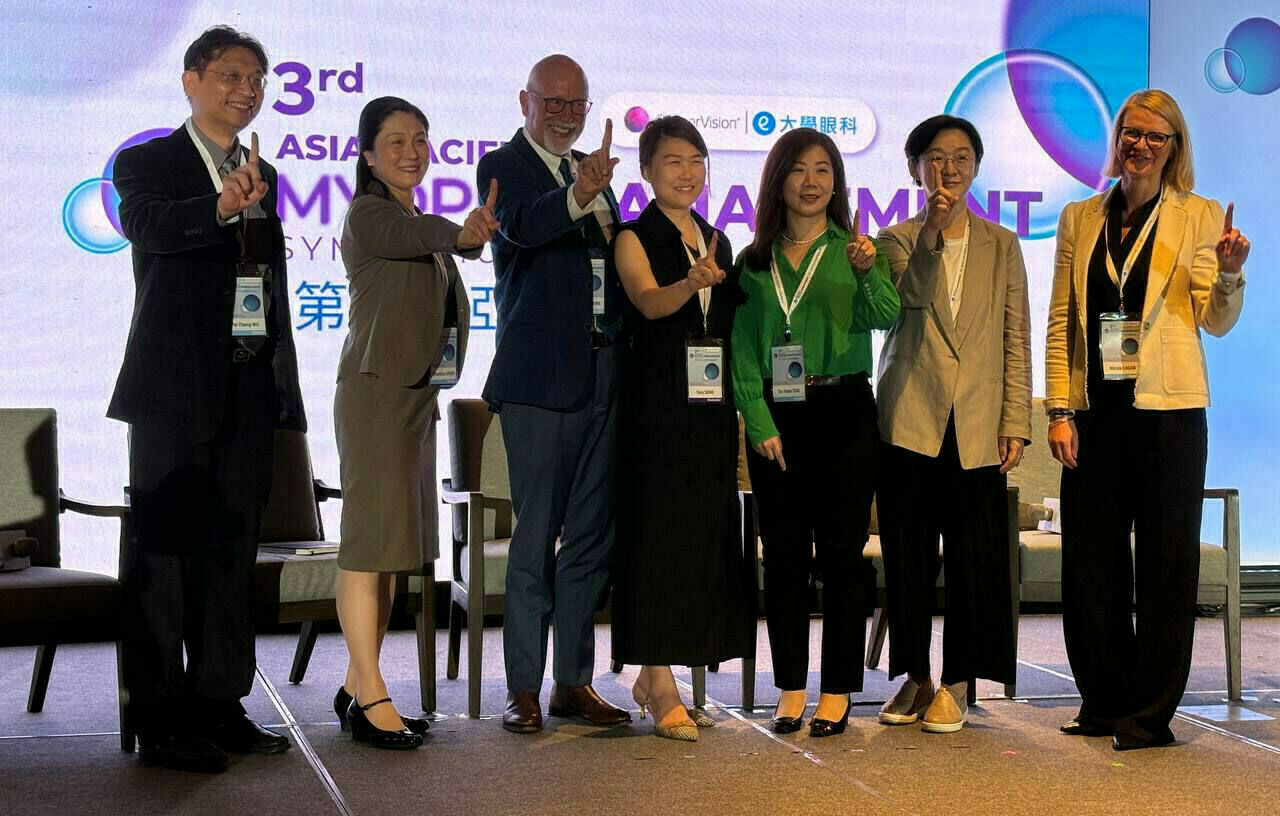

First Session: Reframing Myopia as a Disease Demanding Urgent Treatment
The first session of APMMS, titled Reframing Myopia as a Disease Demanding Urgent Treatment, discussed alarming myopia epidemic findings around the region. Here are some key highlights from the speakers:
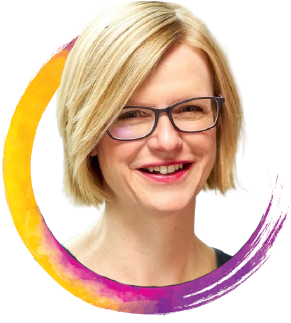

IMI Global Trends in Myopia Management Attitudes and Strategies in Clinical Practice
The opening lecture by Prof. Nicola Logan (UK) discussed the International Myopia Institute’s (IMI) research on how myopia management occurs in real-world clinical practices. It showed that 34.8% of practitioners are still prescribing single vision spectacles to children with progressive myopia.
Prof. Nicola Logan,
Professor of Optometry and Director of Research for Optometry and Vision Science Research Group,
School of Optometry, Aston University, Birmingham, UK
Evolution of Myopia Treatment in Korean Children: New Strategies and Trend over the Past Decade
Dr. Seung-Hee Baek (Korea) discussed how myopia treatment has changed dramatically. With 64% of Koreans aged between 10 to 59 years old being myopic, the myopia burden cannot be understated, with the total myopia-related national health insurance costs rising by $271 million in 2018 to 2022.
Dr. Seung-Hee Baek,
Director, Pediatric Ophthalmology and Strabismus Center at Kim’s Eye Hospital




Myopia Monitoring with Axial Length Percentiles
Dr. Tzu Hsun Tsai (Taiwan) discussed how monitoring myopia is improved by using axial length percentiles. Her study examined percentile curves of axial length in Taiwan and validated its efficacy and utilization in myopia management.
Dr. Tzu Hsun Tsai,
Associate Professor of Ophthalmology and Chair of Department of Ophthalmology National Taiwan University Hospital, Hsin-Chu
Understanding Childhood Myopia Development Part 1 - Pathogenesis and Mechanism
Dr Sayuri Ninomiya (Japan) explained that a flat cornea can hide a long axial length, which is a key area for eye care practioners to be vigilant about in myopia diagnosis and management. Furthermore, in elongated myopic eyes, the thinning of the choroid and decreased blood flow is thought to stimulate scleral changes including hypoxia.
Dr. Sayuri Ninomiya,
Director, Itami Central Eye Clinic
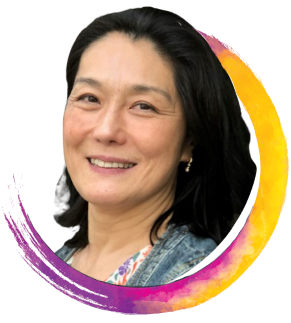



Understanding Childhood Myopia Development Part 2 - Risk and Protective Factors
Prof. Pei Chang Wu (Taiwan) discussed that time outdoors is a strong protective factor against myopia progression and development, whereas near work is a risk factor. While cram school, or after school tuition, is popular in Asia-Pacific regions, research has shown that it increases myopia incidence by 30%, highlighting the important of outdoor time.
Prof. Pei Chang Wu,
Director, Myopia Treatment and Prevention Center and Professor, Chang Gun Memorial University
Second Session: Empowering Myopia Control
Advancements in Myopia Management and Clinical Insights

Associate Prof. Mark Bullimore,
Adjunct Professor, University of Houston,
Independent Consultant
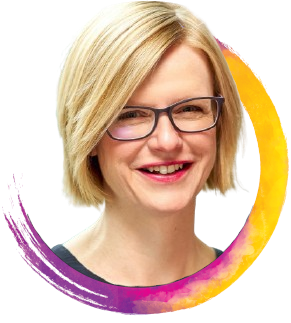
Prof. Nicola Logan,
Professor of Optometry and Director of Research for Optometry and Vision Science Research Group,
School of Optometry, Aston University, Birmingham, UK
Jointly presented by Prof. Bullimore (USA) and Dr Logan (UK), the session heard the former's advise on prioritizing studies with multi-year trials (at least over 2 years), masking, and specific data for myopia control evaluation. Prof Bullimore emphasizes the ineffectiveness of traditional methods like under-prescribing and highlights MiSight® 1 day lenses' science in using conflicting visual signals to slow eye growth. Dr Logan, shared that MiSight® 1 day study showed promising results, of over 42% of participants experienced no eye growth, and everyone's eye growth slowed down in year eight compared to year seven.
Prof. Nicola Logan, discussed the MiSight® 1 day clinical trial. The early 8-year data shows that 42.3% of participants had no axial elongation, and 100% showed a slower rate of growth in year 8 compared to year 7. Research also showed no long-term impact of hydrogel contact lens wear on the central corneal endothelium, with appearance similar to non-contact lens wearers.
Advancements in Myopia Management and Clinical Insights

Associate Prof. Mark Bullimore,
Adjunct Professor, University of Houston,
Independent Consultant

Prof. Nicola Logan,
Professor of Optometry and Director of Research for Optometry and Vision Science Research Group,
School of Optometry, Aston University, Birmingham, UK
Jointly presented by Prof. Bullimore (USA) and Dr Logan (UK), the session heard the former's advise on prioritizing studies with multi-year trials (at least over 2 years), masking, and specific data for myopia control evaluation. Prof Bullimore emphasizes the ineffectiveness of traditional methods like under-prescribing and highlights MiSight® 1 day lenses' science in using conflicting visual signals to slow eye growth. Dr Logan, shared that MiSight® 1 day study showed promising results, of over 42% of participants experienced no eye growth, and everyone's eye growth slowed down in year eight compared to year seven.
Prof. Nicola Logan, discussed the MiSight® 1 day clinical trial. The early 8-year data shows that 42.3% of participants had no axial elongation, and 100% showed a slower rate of growth in year 8 compared to year 7. Research also showed no long-term impact of hydrogel contact lens wear on the central corneal endothelium, with appearance similar to non-contact lens wearers.
Navigating the Myopia Control Journey

Elizabeth Lumb,
Director, Global Professional Affairs,
Myopia Management, CooperVision UK
Elizabeth Lumb (UK) highlighted tools for assessing myopia progression risks, including MyKidsVision.org's risk assessment survey. She emphasized the importance of early intervention with effective methods, and mentioned that there lies a gap in myopia management treatment education as global trends have pointed to single vision spectacle lenses being the most prescribed intervention.
Navigating the Myopia Control Journey
Elizabeth Lumb (UK) highlighted tools for assessing myopia progression risks, including MyKidsVision.org's risk assessment survey. She emphasized the importance of early intervention with effective methods, and mentioned that there lies a gap in myopia management treatment education as global trends have pointed to single vision spectacle lenses being the most prescribed intervention.

Elizabeth Lumb,
Director, Global Professional Affairs,
Myopia Management, CooperVision UK
Atropine and Combination Therapy with MiSight® 1 day and Ortho-k

Associate Prof. Mark Bullimore,
Adjunct Professor, University of Houston,
Independent Consultant

Dr. Hui Ju Lin,
Director,
China Medical University Hospital

Dr. Leah Johnson,
Senior Manager, Myopia Management,
CooperVision USA

Associate Prof. Mark Bullimore,
Adjunct Professor, University of Houston,
Independent Consultant

Dr. Hui Ju Lin,
Director,
China Medical University Hospital

Dr. Leah Johnson,
Senior Manager, Myopia Management,
CooperVision USA
With individual presentations made by Prof. Bullimore (USA), Dr Hui Ju Lin (Taiwan) and Dr Leah Johnson (USA), this session discussed atropine use in myopia control alongside MiSight® 1 day and Ortho-K. Studies suggest similar effectiveness across ethnicities. While combination with MiSight® 1 day might offer some benefit after a year, it was noted the that significance might be limited within the first year of combined use. It was also highlighed that a combination with Ortho-k treatment required careful monitoring due to potential side effects.
Real-World Insights: Universal Eye Clinic Experience Sharing


Dr. Yu Hsuan Huang (Taiwan) found that combining MiSight® 1 day with atropine showed less spherical equivalent change with -0.29D over 12 months vs -0.45D in the monotherapy group, and 0.13mm vs 0.18mm respectively in axial length progression.
Dr. Yu Hsuan Huang,
Director, Shilin Universal Eye Center
Third Session: Building a Future-Proof Practice
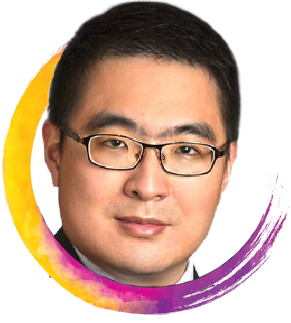

Pre-Myopia: A Successful Paradigm Shift in Preventative Therapy?
Dr. Wei Yan Ng (Singapore) shared that the evidence for management of pre-myopia: increasing time outdoors and topical atropine. Repeated low-level red light (RLRL) therapy has also been shown to reduce myopia onset.
Dr. Wei Yan Ng,
Consultant Ophthalmologist,
Singapore National Eye Center
10 Years of Perspective on UC Berkeley Myopia Center
Associate Prof. Maria Liu (USA) shared data from the UC Berkeley Myopia Center which she founded, noting a steep increase in prescribing soft contact lenses for myopia management, especially MiSight® 1 day.
Associate Prof. Maria Liu,
Associate Professor, UC Berkely School of Optometry,
founder of the Myopia Control Clinic of UC Berkeley Eye Center




Gold Standard in Clinical Myopia Management
Dr. Li Lian Foo (Singapore) presented interactive case studies. In the first, the patient was found to be wearing a ‘honeycomb’ spectacle lens - a copycat product which was not evidence based. Ensuring valid treatments are key to good myopia control outcomes.
Dr. Li Lian Foo,
Consultant Ophthalmologist, Clinical Assistant Professor,
Singapore National Eye Centre
A Patient-Centric Approach for Myopia Management
Dr. Pi Jung Lin (Taiwan) highlighted the importance of prioritizing patient-centered care by emphasizing safety and high quality services. Compassion and fostering trust in the patient-doctor relationship is considered paramount as part of the myopia management strategy, and builds patient loyalty.
Dr. Pi Jung Lin,
President,
Universal Eye Center
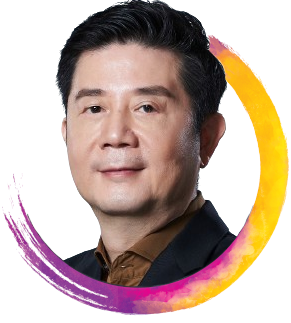

Brighter Future for Myopic Children

myopia-article-callouts-left In the closing session, Dr. Kate Gifford, Co-founder, Myopia Profile and Visiting Research Fellow, Queensland University of Technology, Australia, and Vera Ivanova, CooperVision Asia Pacific, Singapore, discussed the journey towards a brighter future for children with myopia.
Dr. Gifford advocated for reframing myopia as a disease, emphasizing the importance of understanding both short-term and long-term risks and the benefits of early treatment. This shift in perspective can significantly impact our approach to myopia management. With a wide range of evidence-based treatments available, personalized care has become increasingly feasible, allowing for tailored prescriptions for each patient.
Ms Ivanova underscored the importance of building a successful myopia practice centered on easy adoption and compliance with treatments. Personalized care not only enhances myopia management but also fosters patient loyalty and trust. Given that decisions made during childhood can have lifelong implications, practitioners must recognize the lasting impact they have on their patients' lives.

In the closing session, Dr. Kate Gifford, Co-founder, Myopia Profile and Visiting Research Fellow, Queensland University of Technology, Australia, and Vera Ivanova, CooperVision Asia Pacific, Singapore, discussed the journey towards a brighter future for children with myopia.
Dr. Gifford advocated for reframing myopia as a disease, emphasizing the importance of understanding both short-term and long-term risks and the benefits of early treatment. This shift in perspective can significantly impact our approach to myopia management. With a wide range of evidence-based treatments available, personalized care has become increasingly feasible, allowing for tailored prescriptions for each patient.
Ms Ivanova underscored the importance of building a successful myopia practice centered on easy adoption and compliance with treatments. Personalized care not only enhances myopia management but also fosters patient loyalty and trust. Given that decisions made during childhood can have lifelong implications, practitioners must recognize the lasting impact they have on their patients' lives.
Cutting-Edge Strategies with Dr. Kate Gifford
For Dr. Gifford, it’s all about picking the right treatment for the patient. She explains why and when she reaches for leading solutions in myopia management in her treatment plan.
- What Myopia is and why it is important to manage it
- How MiSight® 1 day works for Myopia Management
- Spectacle lenses and Ortho-K for Myopia Management
- Patients’ experiences with MiSight® 1 day
- Advantages of MiSight® 1 day as a daily disposable, compared to weekly or monthly contact lenses
Click here to read more on Asia Pacific Myopia Management Symposium 2023.

Myopia Control in Youth
The prevalence of myopia in young people is increasing at an alarming rate worldwide, bringing with it a host of health risks and related costs.

Each Dioptre Matters
Perfect vision is rare. Most of us have experienced moments of blurry vision or the need to squint to decipher distant signs. Globally, at least 2.2 billion people have a near or distance vision impairment
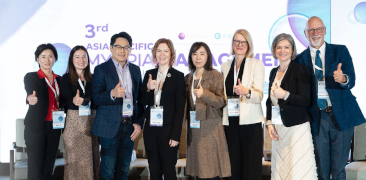
Experts Insights from APMMS 2023
Myopia is not just a vision concern. It is a chronic, progressive disease that needs comprehensive management.” These words resonated at the core of the first session of the recently held 3rd annual Asia-Pacific Myopia Management Symposium (APMMS 2023) in Taipei, Taiwan.







